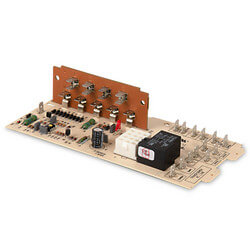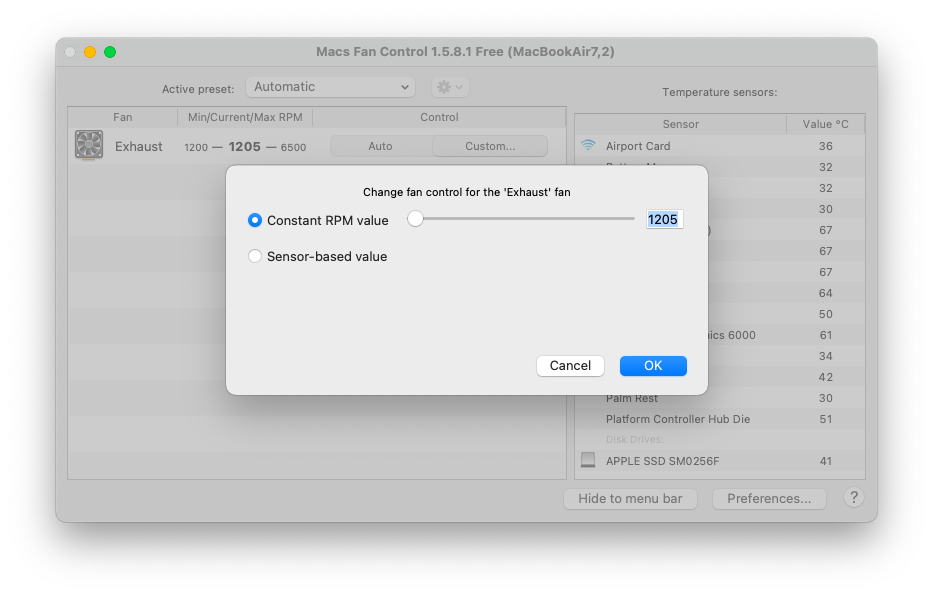

Fan Control is basically a UI on top of existing hardware libraries. I am not the main developer for the driver/backend portion of this software. Extract to the desired installation folder.

Change windows startup delay for sensor detection issues.Auto fan curve (BETA): Automatically adjust speed to keep target temperature.Nickname any temperature sensor from the sensor settings dialog.Sourced By: EFY Author: V.This is the release repository for Fan Control, a focused, highly customizable fan controlling software for Windows. Directing the light towards the LDR at this moment turns the fan ‘on.’ The relay does not energise as the Q output of D flip-flop goes high to make the inverter output low. Initially if switch S2 is used to set the D flip-flop, the fan is held ‘off’. If torchlight is again directed toward the LDR, the fan turns on. When light falls on the LDR, the fan goes off. Use a torch to light the LDR.Īfter initial resetting of the monostable and D flip-flop, the inverter output goes high and the fan turns on via the relay. Paste a piece of paper on the face of the LDR so that it doesn’t get activated by ambient light. Switches S1 and S3 are for initial resetting of the monostable (IC1) ne555 and D flip-flop (IC2), respectively, and switch S2 is used for setting the D flip-flop. When the relay energises, the fan turns on. The mains live (L) is connected to the pole of the relay. One terminal of the fan is connected to the normally-open (N/O) contact of the relay, while another terminal is connected to the neutral (N) of mains. When the inverter output is high, diode D2 conducts and the current is diverted into transistor T. When the inverter output is low, diode D1 conducts and the current is diverted into the inverter. The inverter output is fed to the relay driver transistor. The flip-flop output goes to an inverter (N1).

The D flip-flop is operated in toggle mode by connecting its Q output to D point. This low-to-high transition forms a clock for D flip-flop. When light falls on the LDR, the monostable (IC1) triggers at pin 2, making its output at pin 3 from low to high. Preset VR1 is used for setting the intensity of light, while preset VR2 is used for setting the output time period of IC1. This value of high and low resistances varies for other LDRs. Normally, the LDR’s resistance is high (20 kilo-ohms) in darkness and low (2 kilo-ohms) in light. Preset VR1 and a light-dependent resistor (LDR) work as the potential divider. The circuit is powered from a 5V power supply. This circuit ( fan on off control ) lets you turn on/off a fan by just directing torchlight or other light toward its light-dependent resistor (LDR).


 0 kommentar(er)
0 kommentar(er)
